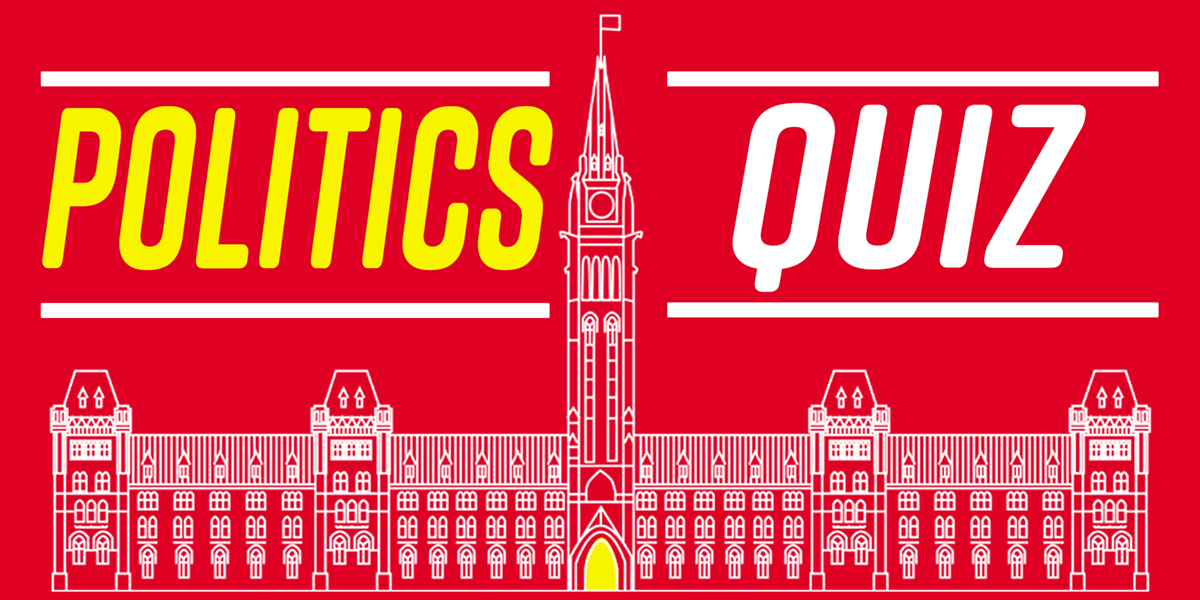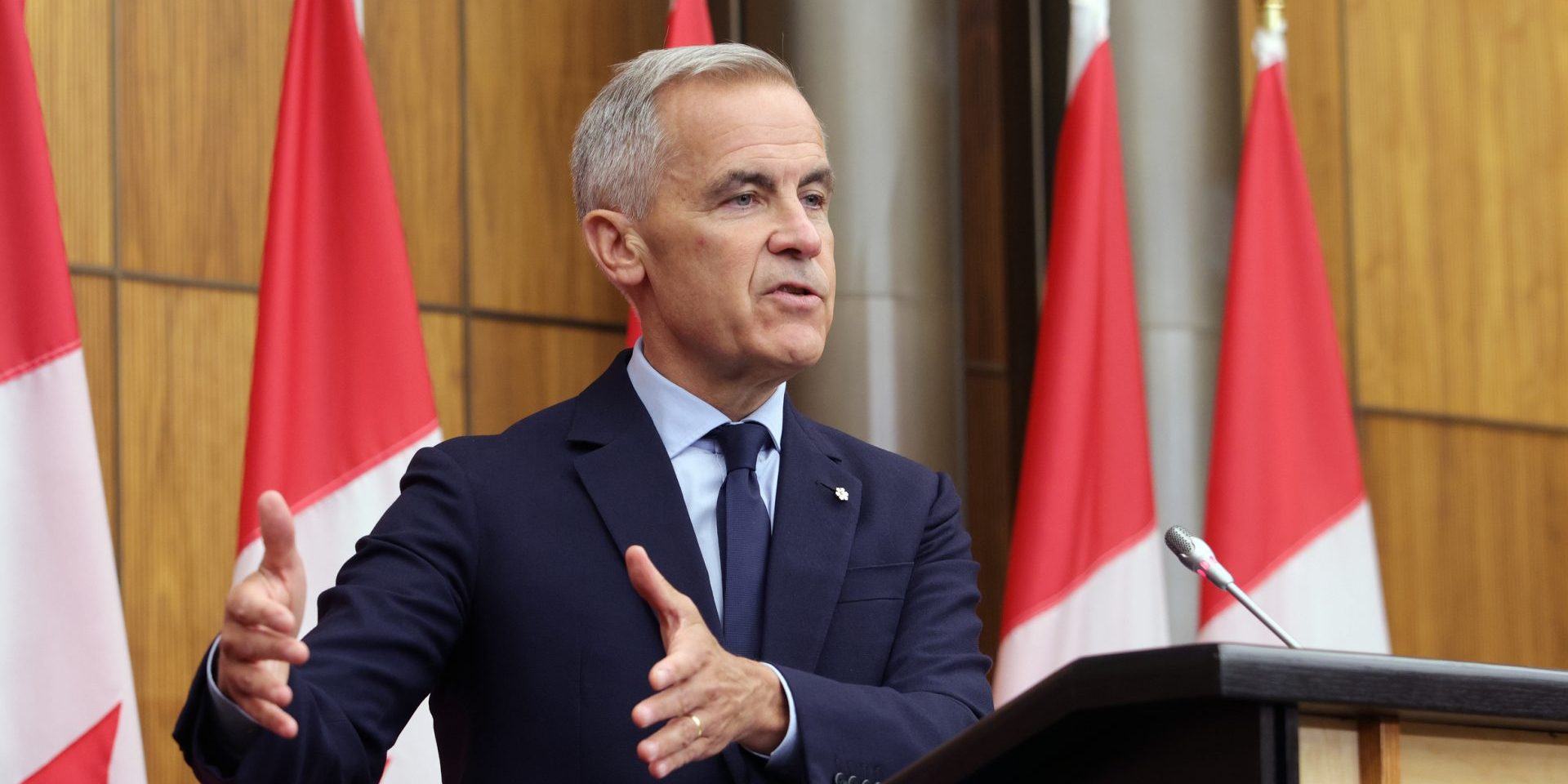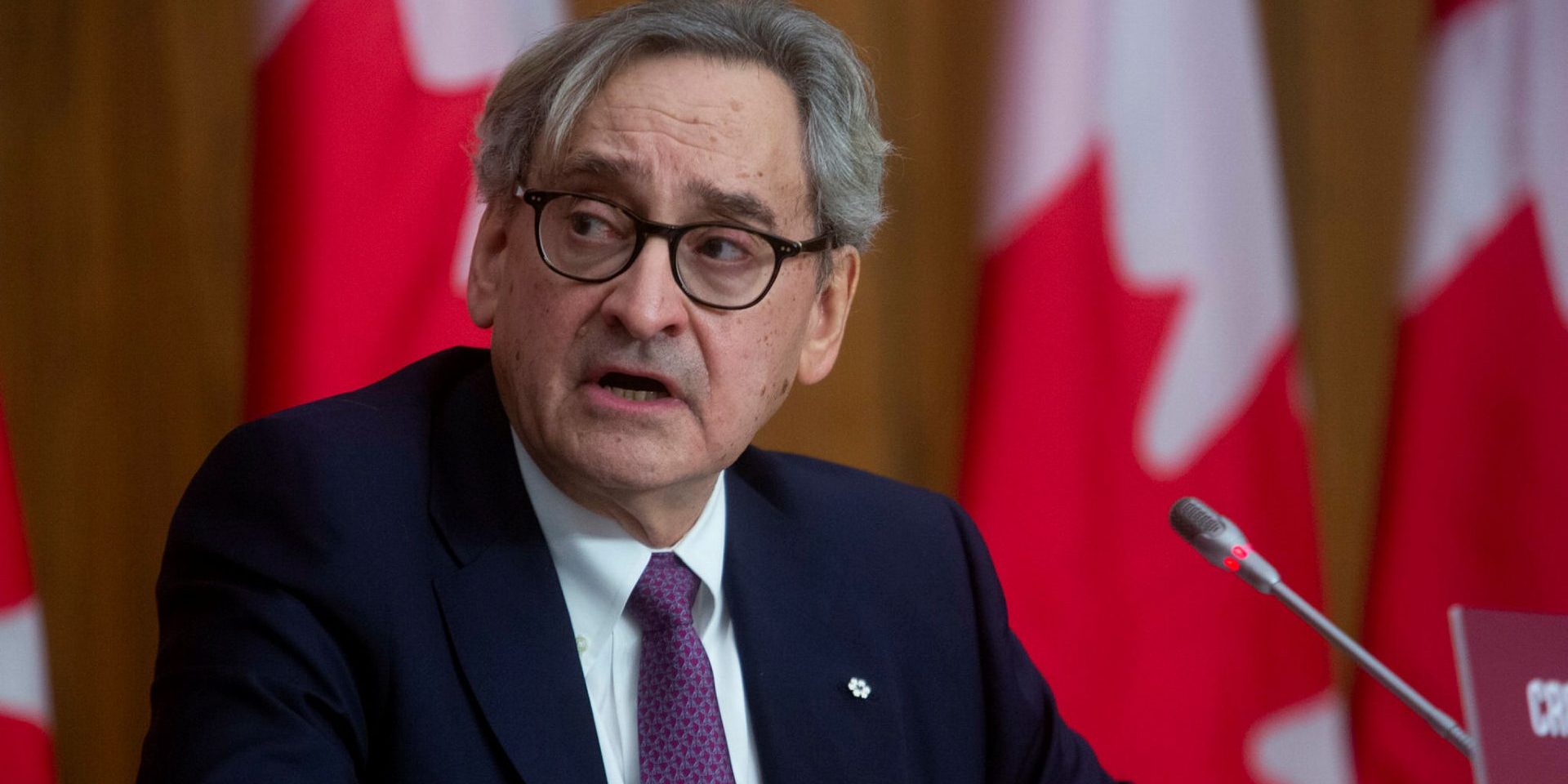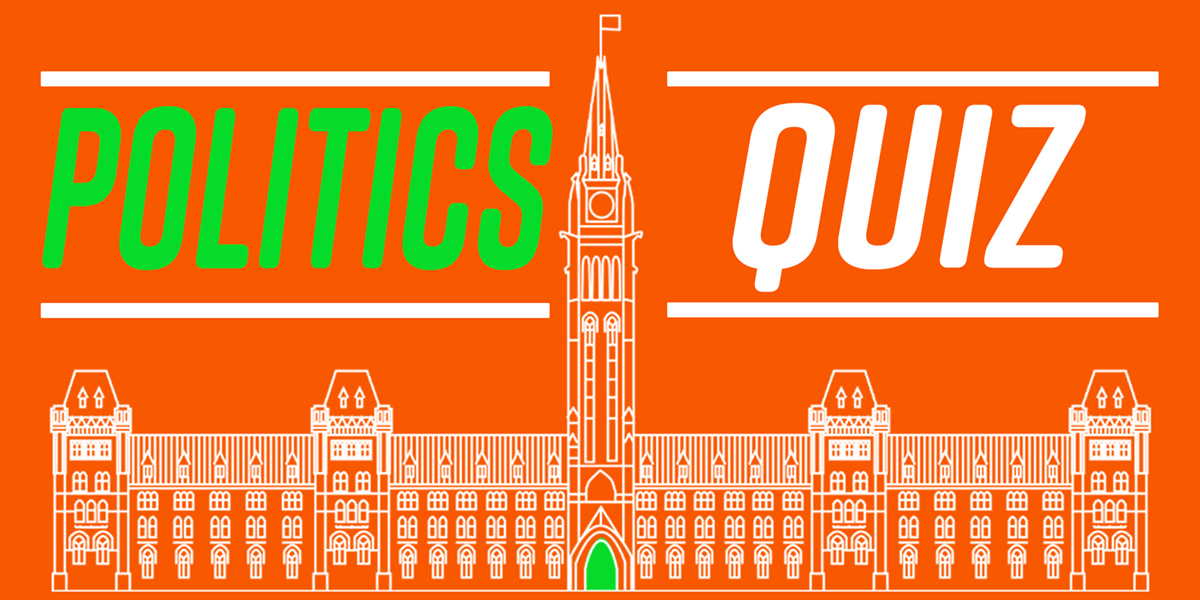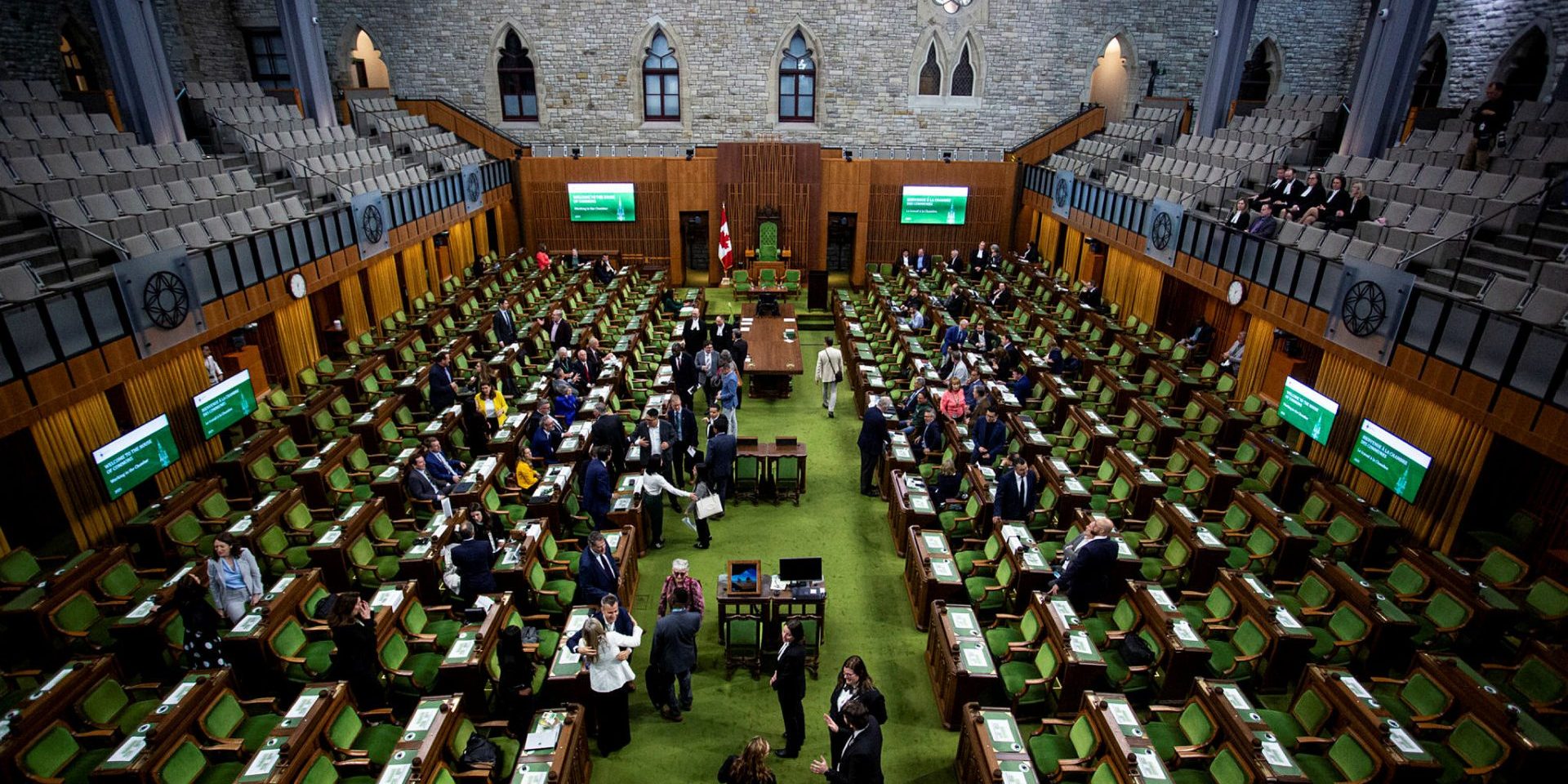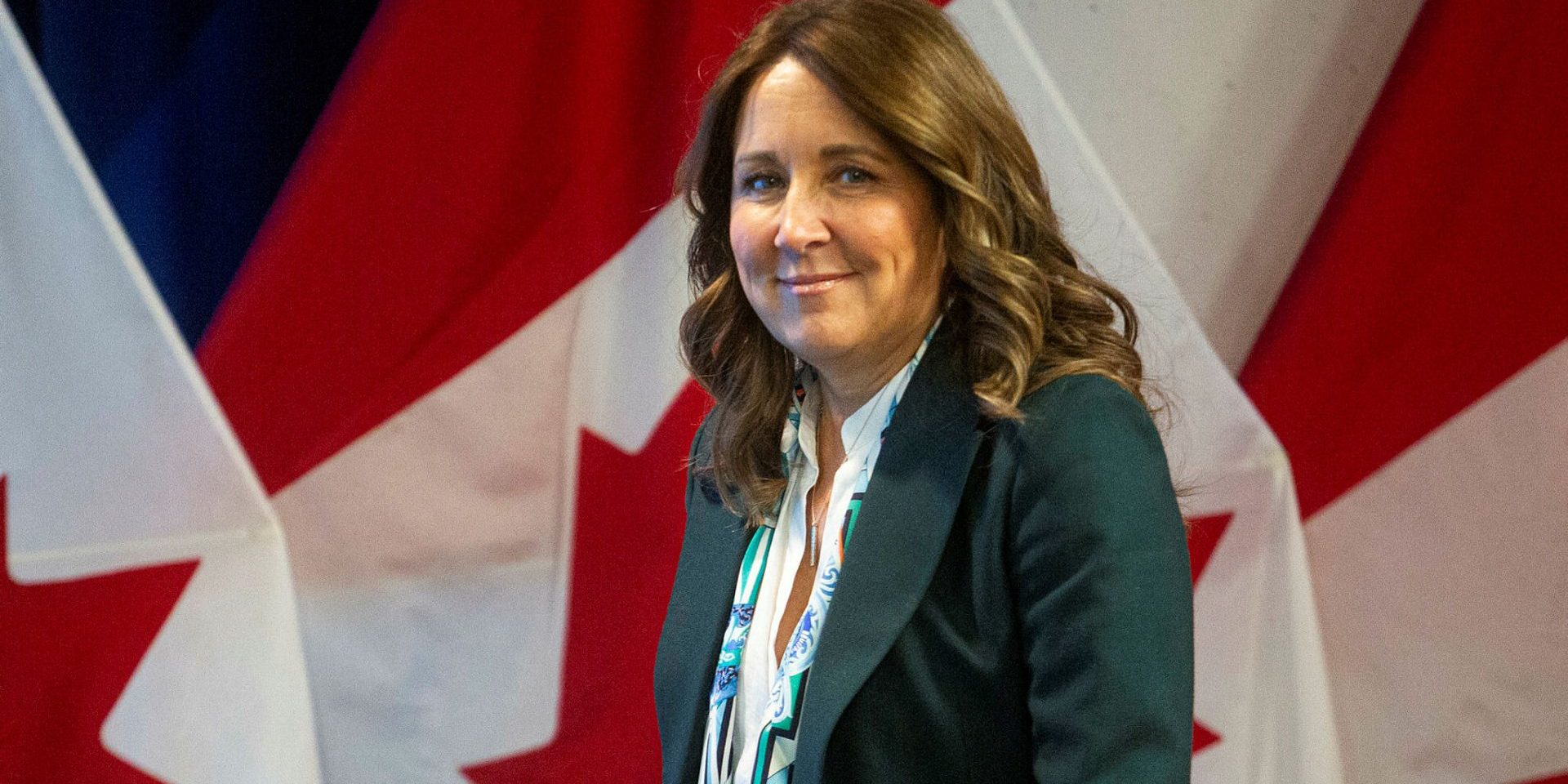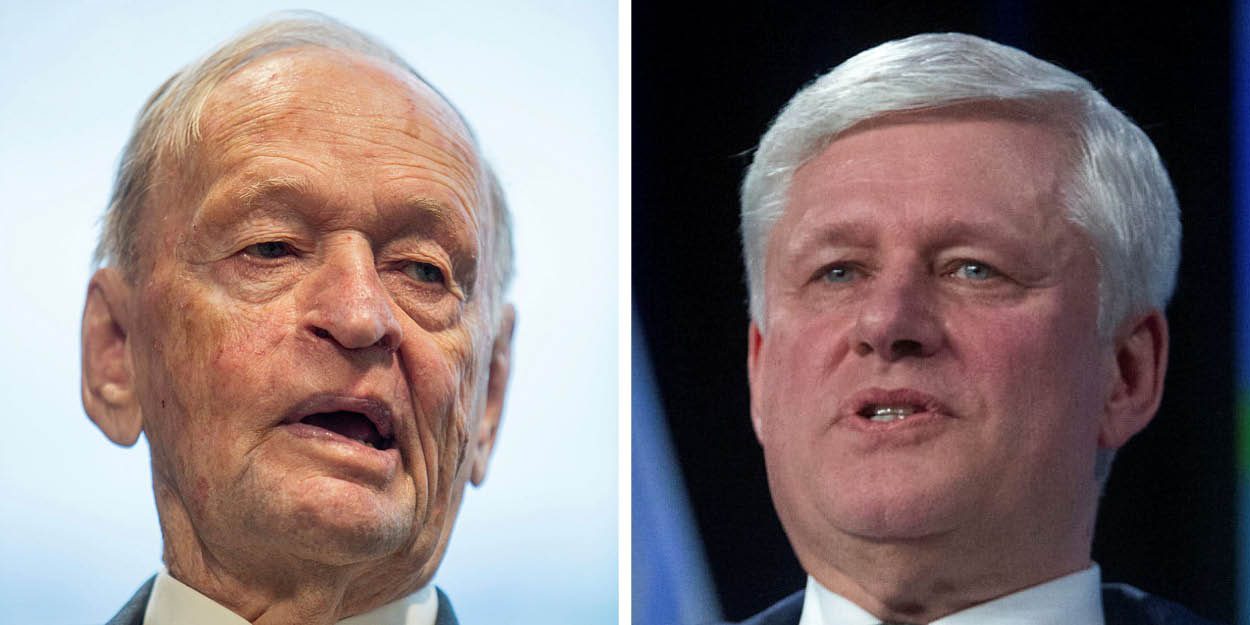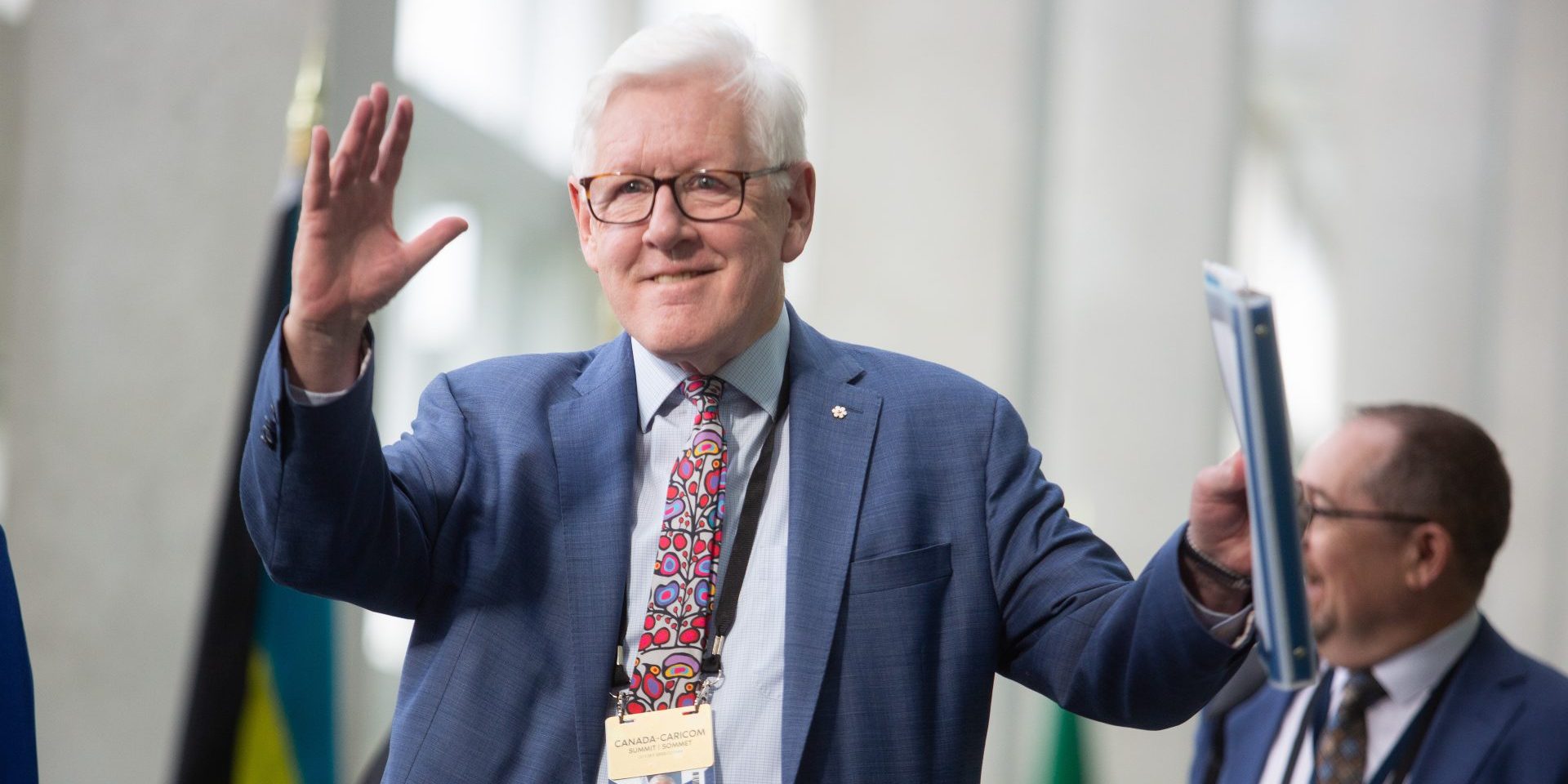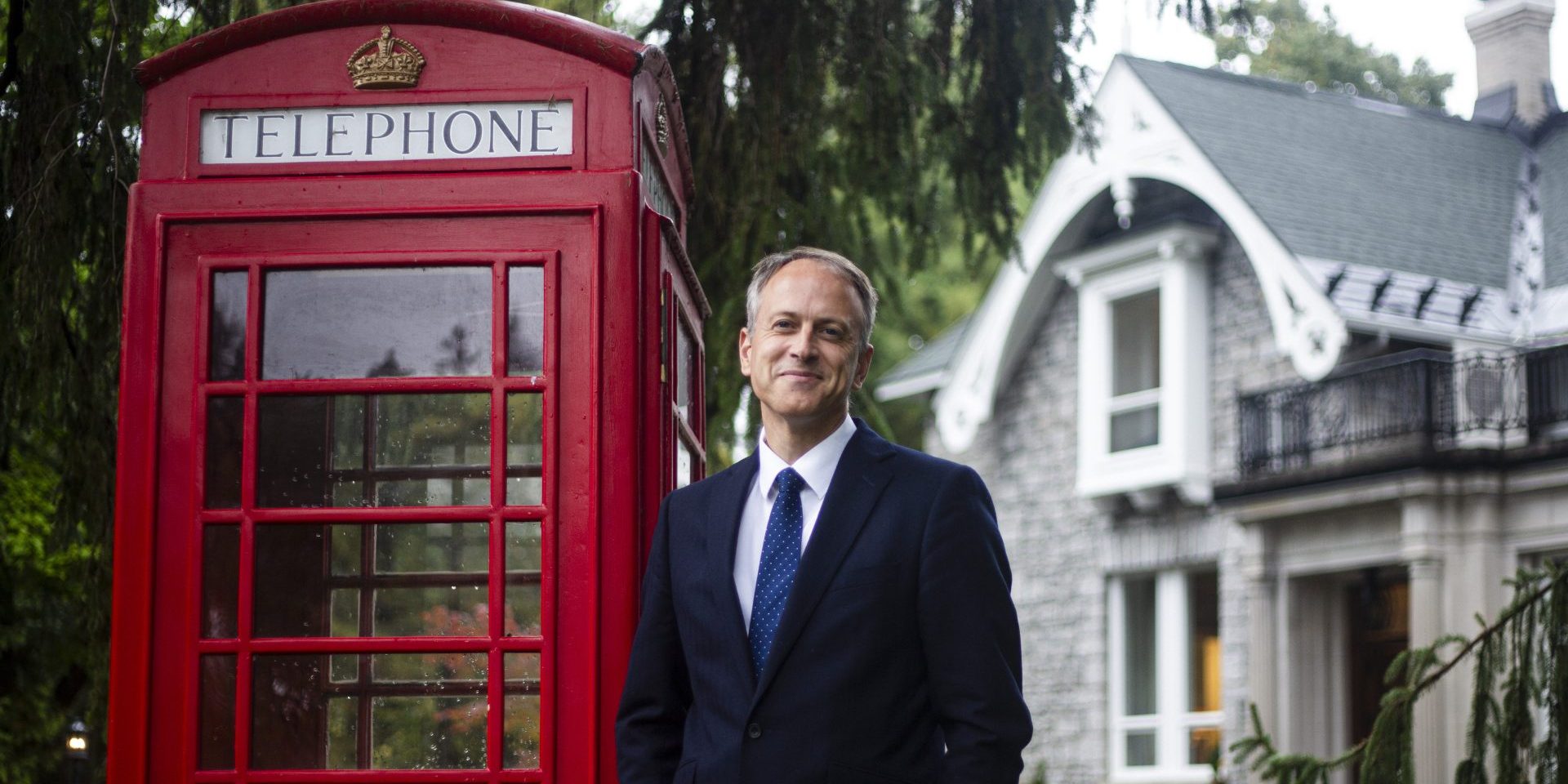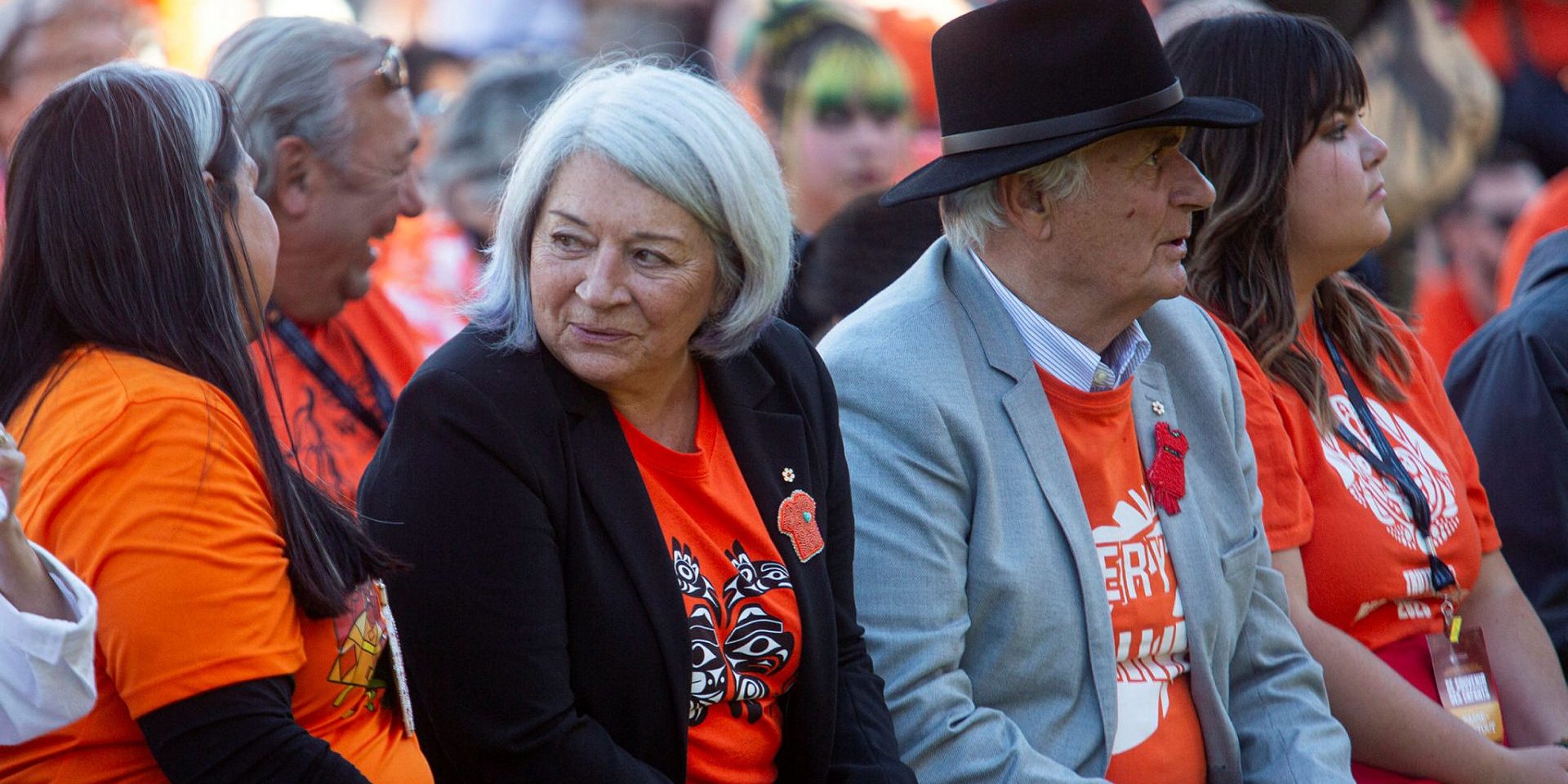The election outcomes for Mark Carney’s first cabinet
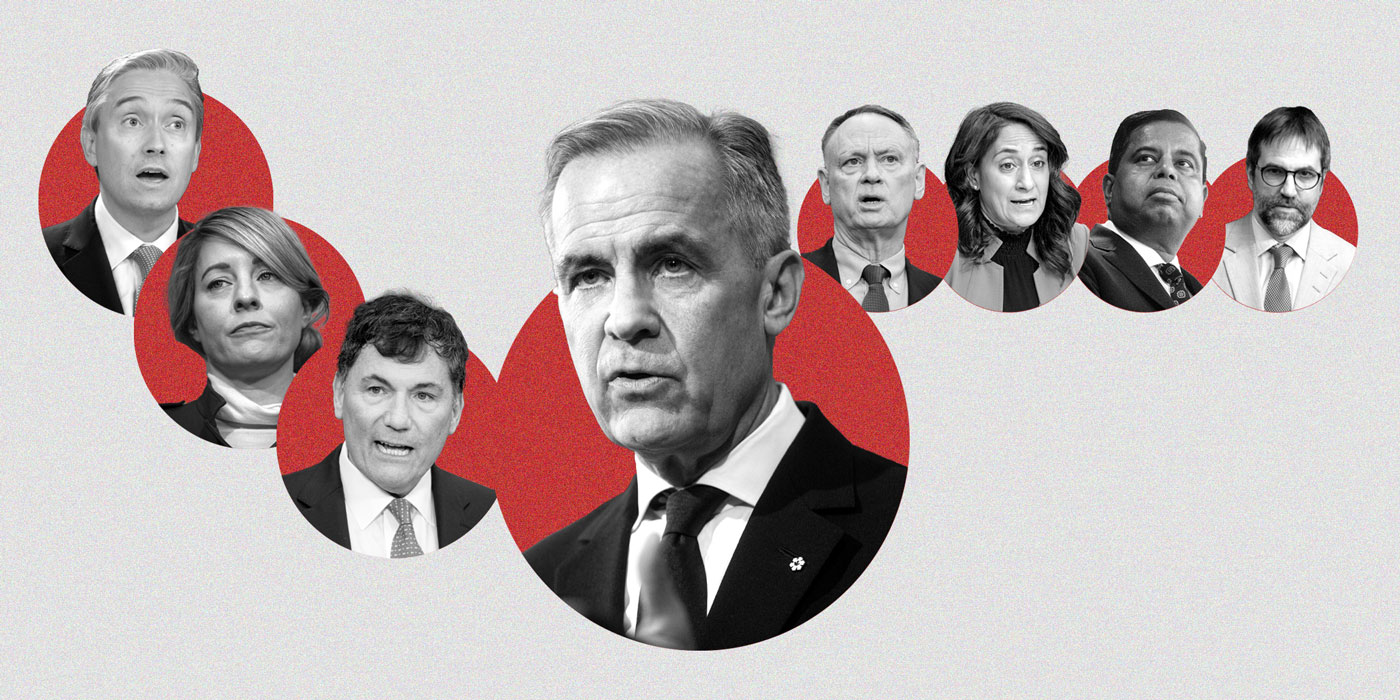
Canadians gave Prime Minister Mark Carney’s cabinet a ringing endorsement on election night, sending 19 of 23 ministers back to Parliament with a decisive share of the votes in their respective ridings.
All but four ministers won by margins greater than 20 percentage points over their second-place contenders. But three faced tough competition against Conservative candidates, winning by less than 10 percentage points on April 28: Public Services and Procurement Minister Ali Ehsassi (Willowdale, Ont.), Innovation Minister Anita Anand (Oakville East, Ont.), and Rechie Valdez (Mississauga-Streetsville, Ont.) the chief government whip. According to preliminary results Anand won by 3,750 votes, Valdez by 4,056 votes, and Ehsassi by 4,572.
But Carney’s health minister was not so lucky. Kamal Khera was the only minister to net a loss on election night, getting booted from her Brampton West, Ont., seat to the Conservatives by fewer than 1,000 votes. A former nurse, Khera had been that riding’s MP since 2015, and was given the health portfolio only this past March.
Just weeks before the election, Carney reduced the Liberal cabinet to 24 MPs, down from his predecessor Justin Trudeau’s 37-member team.
Wernick’s thoughts on Carney’s next cabinet
Former Privy Council clerk Michael Wernick said that Carney could completely reset his cabinet, using the days ahead to scrutinize his new caucus for talent as the country waits for riding-by-riding election results to be confirmed.
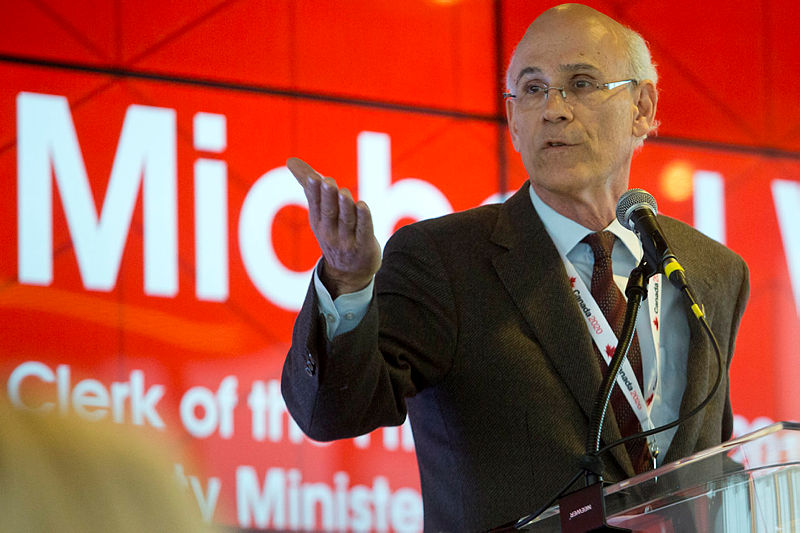
Wernick outlined the cabinet-making process in a blog post earlier this year. “Political signalling” is one factor, and requires balanced representation of genders, race, religions, and regions, he wrote.
Carney’s current cabinet does not include any members either from Alberta or Saskatchewan. But he now has two MPs from Alberta— Corey Hogan and Eleanor Olszewski—and one from Saskatchewan—Buckley Belanger—in his caucus.
Past partisan politics can have a role to play too, in Wernick’s view, as the prime minister must reward party loyalists and include different factions within the party to avoid future grievances.
The ministers of finance, trade, and foreign affairs are MPs whom the prime minister usually handpicks first, Wernick noted. The current trade war makes those roles more important than ever.
There is also a requirement to put the prospective cabinet choices through a vetting process, under which the RCMP, CSIS, and other agencies do background checks and flag any issues that can make them unsuitable for the job.
In terms of structure, Carney has vowed to keep his cabinet size tight, and has dropped ministerial positions for women and diversity, among others, from his team, which has attracted some criticism and concerns over these issues being left out of focus.
“There’s a lot of reasons why having these extra ministers makes sense, but then you’ll be accused of having a big, bloated cabinet,” Wernick said on the matter. “Every decision you make as a prime minister will make some people happy and some people unhappy.”
The Hill Times
A version of this story first appeared in Politics This Morning, your go-to source for insider news, analysis, and updates on where all the key political players are that day. To get more insider coverage directly to your inbox from The Hill Times‘ editor Peter Mazereeuw and reporter Riddhi Kachhela in this subscriber-only daily newsletter, sign up here.






 LICENSING
LICENSING PODCAST
PODCAST ALERTS
ALERTS